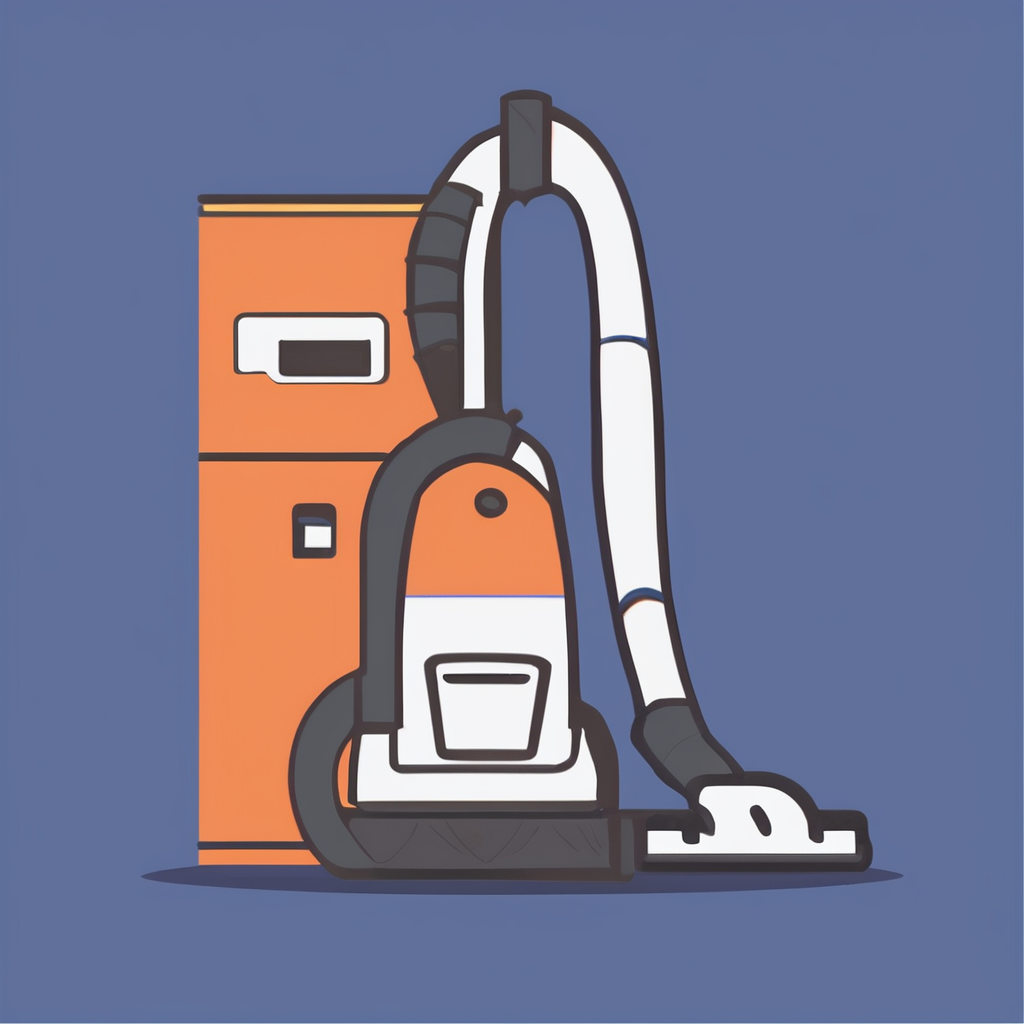Understanding Smart Technology in Home Appliances
Smart home appliances integrate smart appliance technology to enhance convenience and efficiency. These devices connect to your home network via Wi-Fi or Bluetooth, allowing remote control and monitoring through dedicated apps. This connectivity transforms ordinary appliances into connected home devices that can communicate with each other and your smartphone.
Unlike traditional appliances, which operate independently and require manual control, smart home appliances feature sensors, processors, and software that enable automation and user interaction. For example, a smart refrigerator can notify you when supplies run low, while a connected washing machine can be started or paused remotely.
In the same genre : What are the key factors to consider when buying UK home furniture?
Integration with apps allows users to customize settings, receive updates, and troubleshoot issues without physical interaction. This level of connectivity enables proactive maintenance and energy savings by adapting operation based on usage patterns.
Understanding the difference between traditional and smart appliances is crucial when upgrading your home. Smart appliance technology brings not just convenience but also increased functionality, helping you create an interconnected living environment tailored to your lifestyle.
In the same genre : How Can Smart Home Technology Enhance Your Daily Life?
Examples of Smart Home Appliances and Their Features
Smart home technology has transformed everyday appliances, introducing types of smart appliances that enhance convenience and efficiency. Among the most popular are smart refrigerators, which offer features such as remote monitoring of contents and temperature settings. This allows users to check their fridge inventory via mobile apps, reducing food waste and unexpected spoilage.
Smart washing machines stand out for their automation and self-diagnostics. They can automatically adjust wash cycles based on fabric type and load size, and alert homeowners to maintenance needs through connected apps. These appliance features save time and help extend the machine’s lifespan.
Other notable smart appliances include ovens with programmable cooking modes and thermostats that learn user preferences to optimize home heating and cooling. Most smart appliances integrate seamlessly with voice assistants, enabling hands-free control and real-time updates. This interconnected system enhances user experience by simplifying complex tasks, making homes more comfortable and efficient.
Exploring these types of smart appliances reveals the wide range of functions available, from energy savings to remote control, all tailored to modern lifestyles.
Key Benefits of Smart Technology for Home Appliances
Smart home appliances offer significant benefits of smart home appliances by transforming everyday tasks into effortless experiences. One of the primary advantages is appliance convenience. With features like remote control and scheduling, you can operate devices from anywhere, saving time and reducing manual effort. For instance, a smart oven can preheat itself before you get home, ensuring your meal is ready when you walk through the door.
Another crucial benefit is energy efficiency. Smart appliances optimize energy usage by adapting to your habits and minimizing waste. For example, smart thermostats adjust heating or cooling based on real-time occupancy, which cuts unnecessary energy consumption. These efficiency improvements not only reduce environmental impact but also contribute to substantial cost savings.
Over time, cost savings accumulate through automation and monitoring capabilities. Smart appliances can alert you to maintenance needs or detect issues early, preventing costly repairs. Additionally, by providing detailed usage data, they help you make informed decisions about energy consumption, lowering utility bills. This combination of convenience, efficiency, and financial benefit underscores why adopting smart home technology offers a compelling value proposition.
Real-World Use Cases and Everyday Scenarios
Smart technology use cases extend seamlessly into daily routines, transforming mundane chores into effortless tasks. For example, smart home appliance scenarios often include features like grocery tracking, where the appliance notifies users when supplies run low. This proactive approach prevents last-minute store runs, saving both time and stress.
In addition, remote laundry start functions enable users to initiate washing cycles from anywhere, catering to busy schedules. Imagine activating your smart washer while still at work, so clothes are fresh and ready upon arrival. Such smart appliance setup options elevate convenience by integrating with smartphone apps for swift control.
Smart alerts and maintenance reminders also play a crucial role in sustaining appliance performance. Notifications about filter replacements or unusual operating conditions ensure timely upkeep, prolonging the lifespan of devices.
Personalised settings and usage routines allow customization based on household needs. Appliances learn preferences over time—adjusting cycles, temperatures, or timing—delivering efficiency tailored to individual habits.
By adopting these smart technology use cases, users enjoy an enhanced lifestyle where everyday chores become smoother, smarter, and more responsive to their needs.
Setting Up and Optimising Your Smart Home Appliances
Setting up smart appliances requires precise steps to ensure seamless integration with your home automation system. Begin by carefully following manufacturer instructions during smart device installation—this correct initial setup prevents many connectivity issues later. Prioritizing a stable Wi-Fi connection is vital; place your router in a central location, free from obstructions, to optimize signal strength for all devices.
When configuring your smart appliance, double-check compatibility with your existing smart home ecosystem. Use dedicated apps to connect each device, often involving scanning a QR code or entering a unique code for secure pairing. During the home automation setup, register your devices under the same network and platform to maximize interoperability.
In case of setup hiccups, common troubleshooting includes rebooting the device and router, verifying software updates, and confirming correct login credentials. Resetting the appliance to factory settings can resolve persistent faults but should be a last resort.
By implementing these smart appliance setup tips, users can enjoy efficient and reliable control over their connected devices, reducing frustration and ensuring optimal performance in daily routines.
Comparing Smart Appliances with Traditional Models
Smart vs traditional appliances differ significantly in functionality and user experience. Smart appliances offer remote control, automation, and integration with home networks, enabling users to manage them via smartphones or voice commands. Traditional models rely on manual operation, limiting convenience and customization.
When evaluating appliance comparison, efficiency is a crucial factor. Smart appliances often consume less energy due to adaptive settings and optimized cycles, which can reduce utility bills over time. While these appliances typically have a higher upfront cost, their long-term value includes both energy savings and enhanced convenience, making them a practical investment for many households.
Deciding when to consider an appliance upgrade depends on individual needs and budget. If your current appliance shows signs of frequent breakdowns or lacks features like energy efficiency or connectivity, upgrading to a smart appliance may be beneficial. Additionally, for tech-savvy users seeking greater control and data insights about appliance usage, smart devices provide clear advantages over traditional models.
Understanding these differences helps buyers make informed decisions about when to invest in new technology or maintain trusted traditional appliances.


